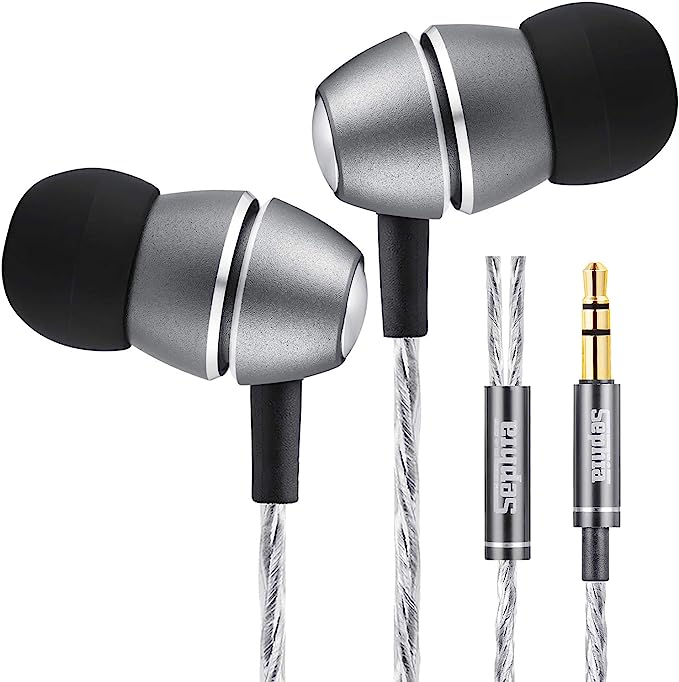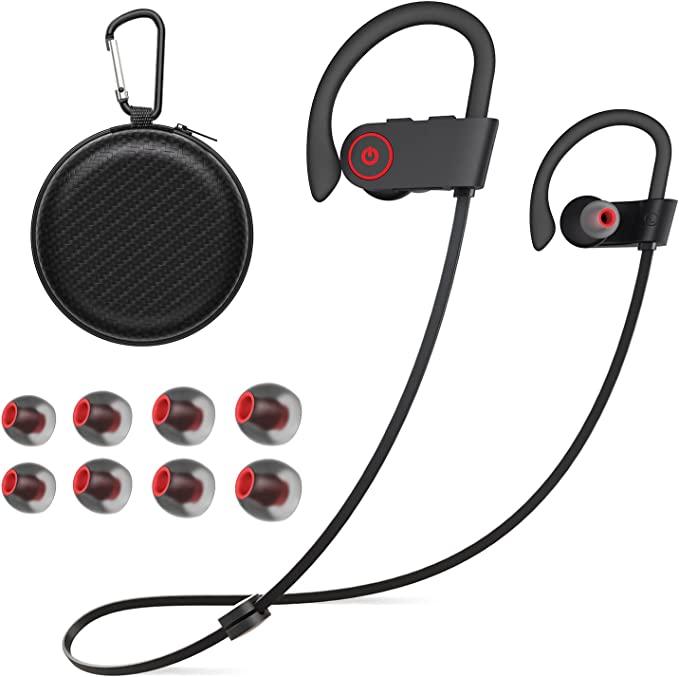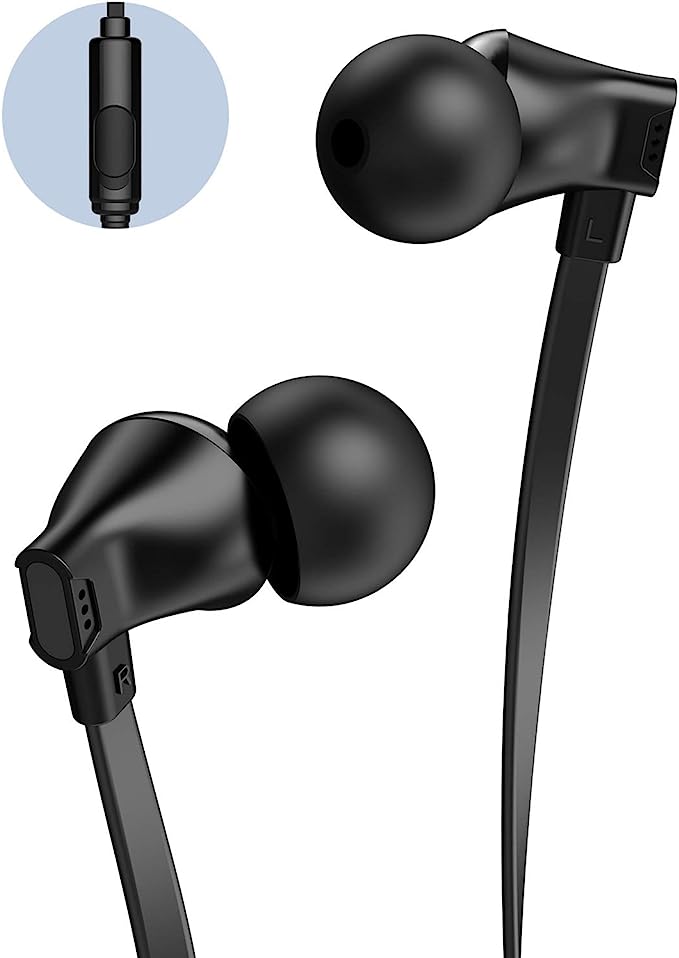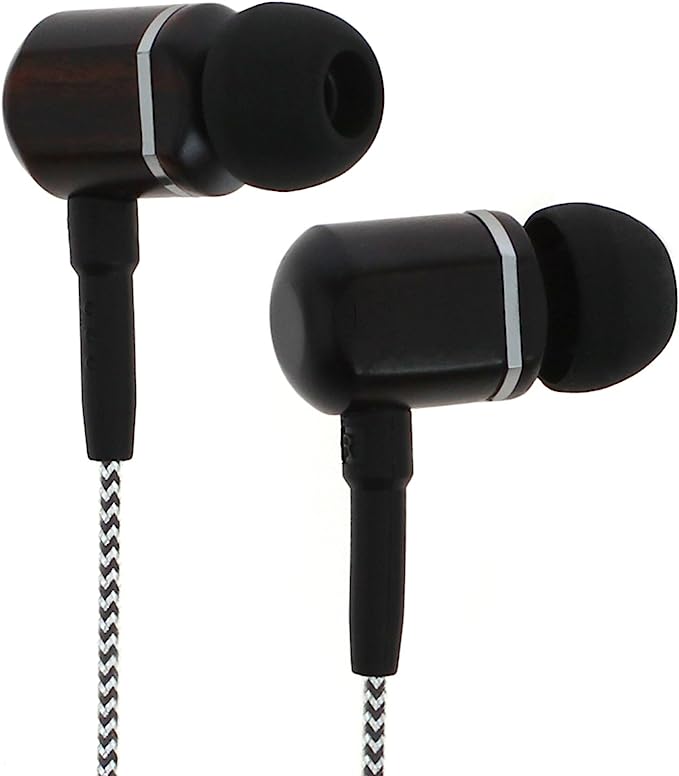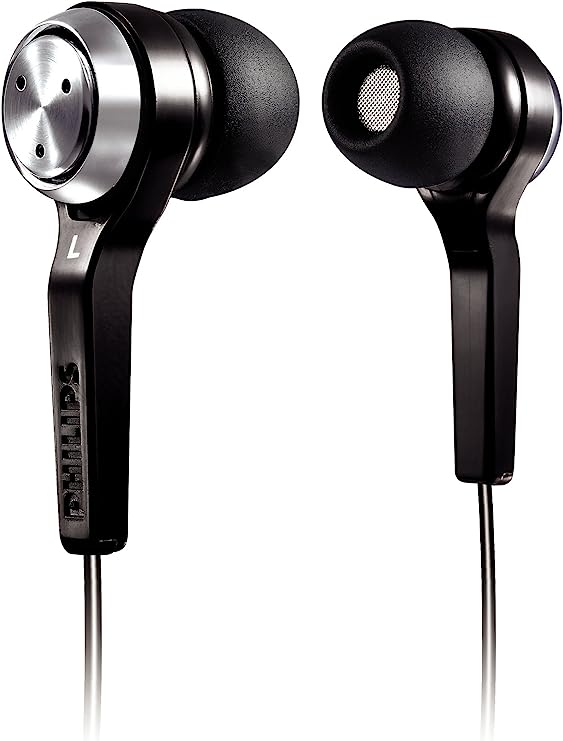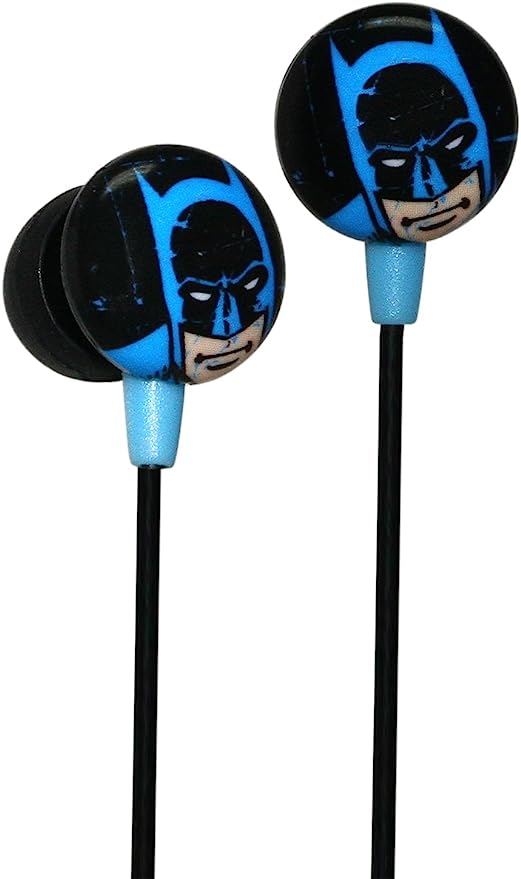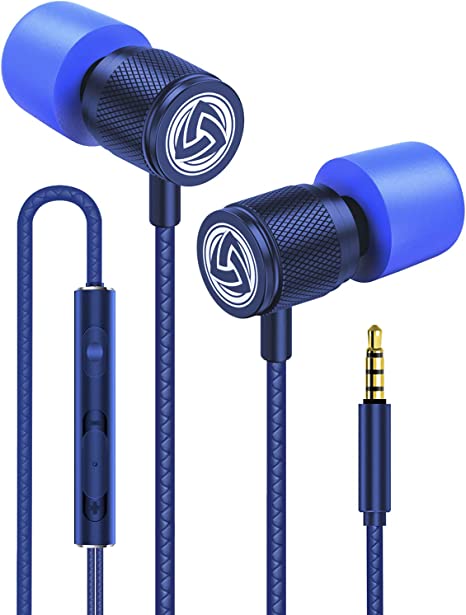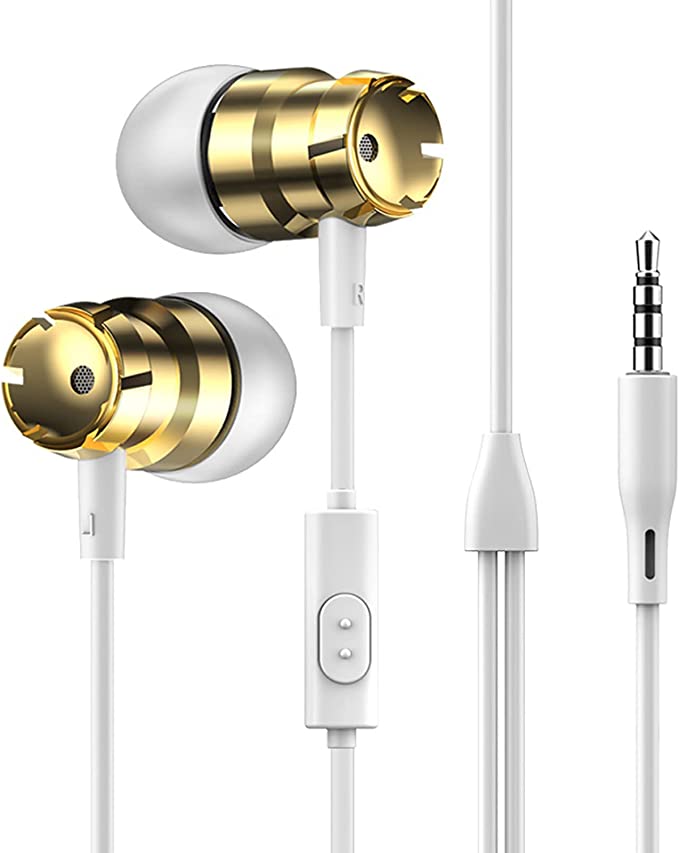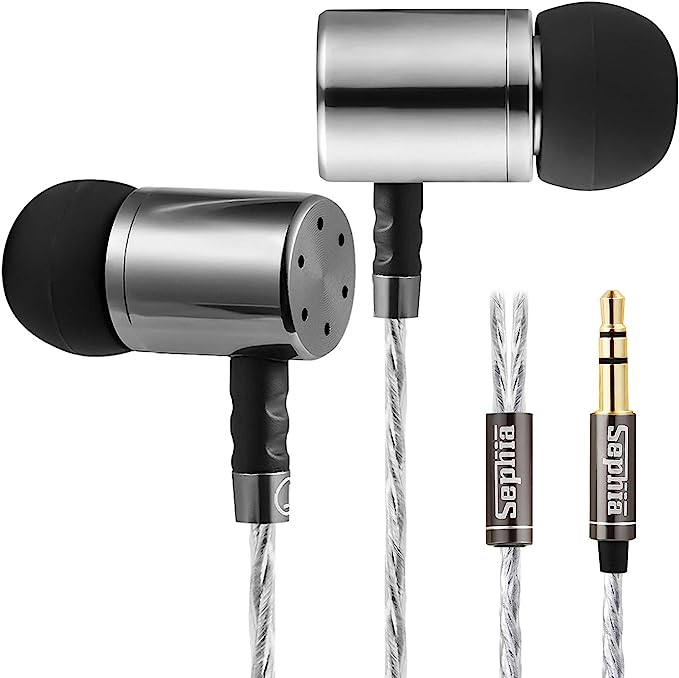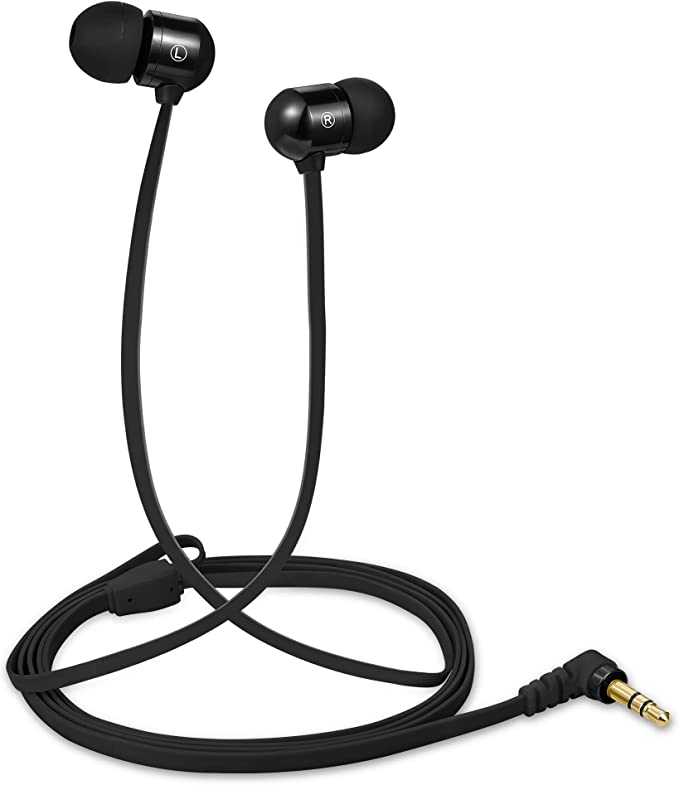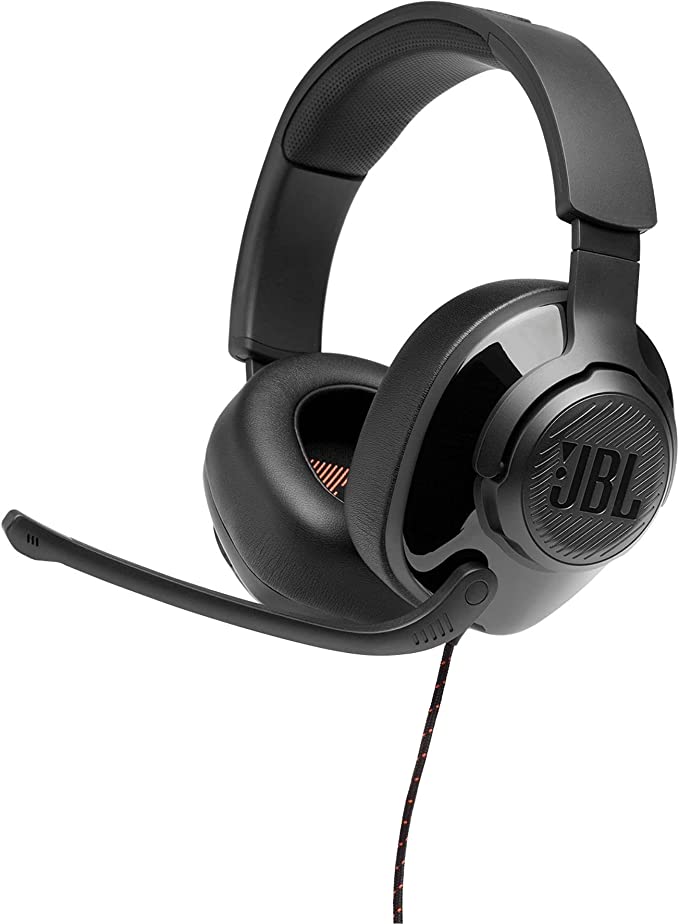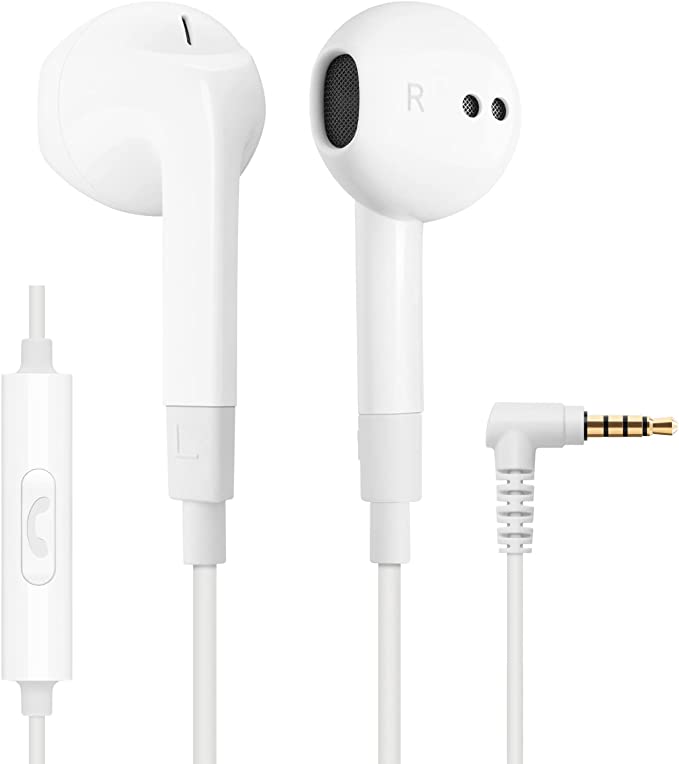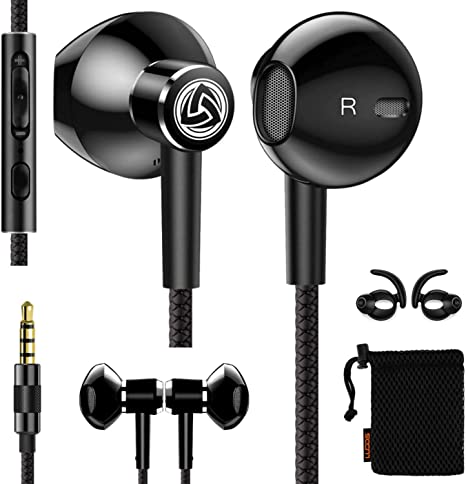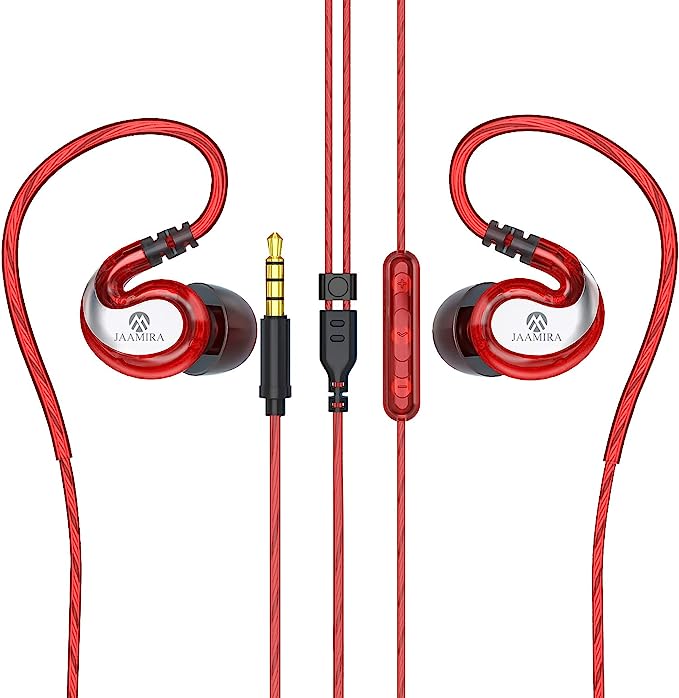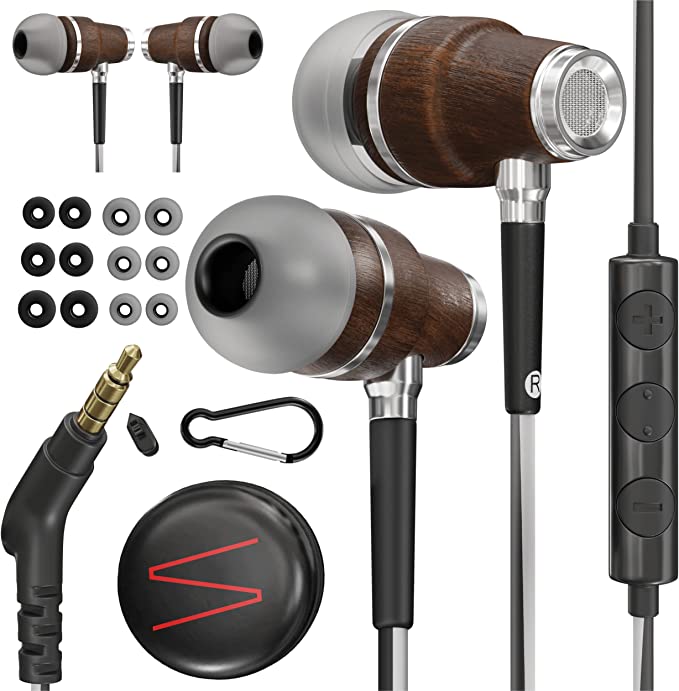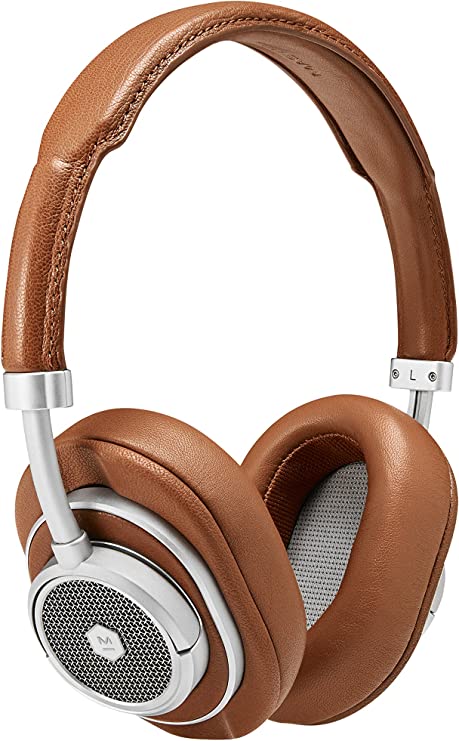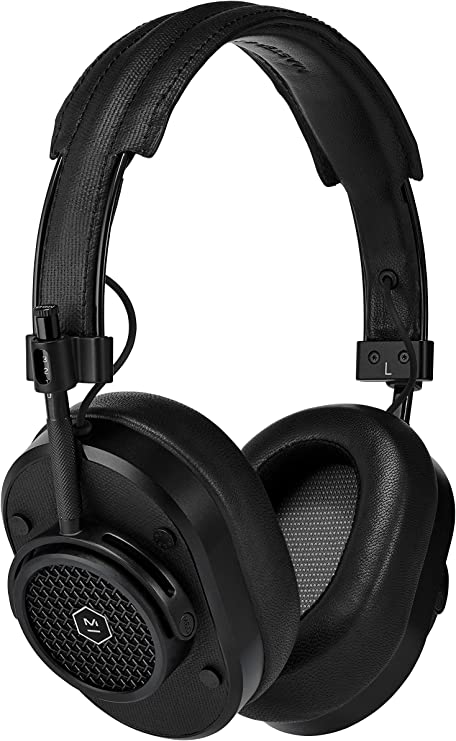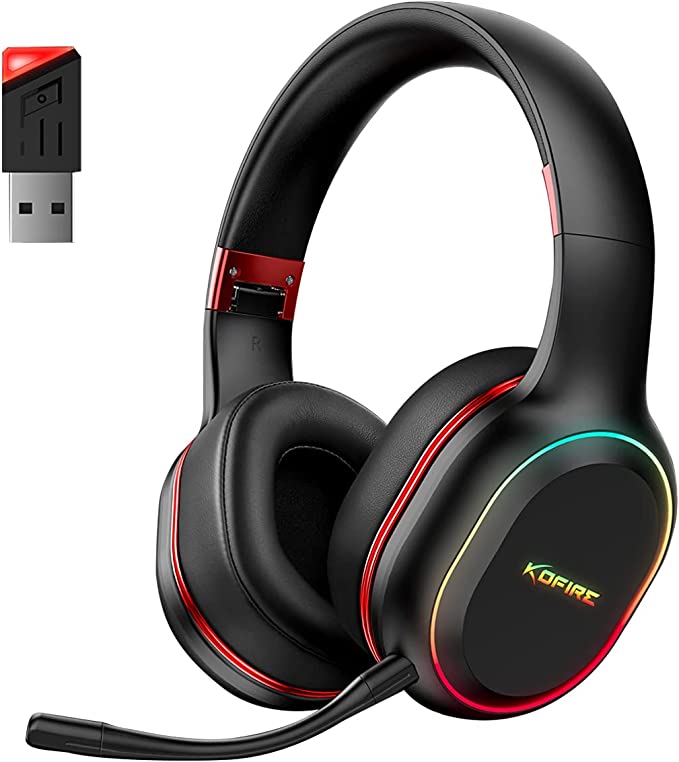Razer BlackShark V2 Esports Gaming Headset: The Science of Audio Advantage
Update on April 14, 2025, 5:19 a.m.
In the electrifying world of competitive gaming, victory and defeat often hinge on split-second decisions. Reflexes and strategy are paramount, but there’s another crucial, often underestimated, factor: sound. The ability to pinpoint an enemy’s footsteps, discern the direction of gunfire, or communicate flawlessly with teammates can be the deciding factor. Yet, many gamers grapple with muddled audio, distracting background noise, or mics that swallow their words. It’s precisely these challenges that headsets like the Razer BlackShark V2 Esports Gaming Headset aim to conquer, not through magic, but through applied audio science. Let’s dismantle the tech jargon and explore the scientific principles powering this popular piece of gaming gear.

The Heart of the Sound: Deconstructing the Razer TriForce Titanium 50mm Drivers
At the core of any headphone lies its drivers – the tiny speakers responsible for converting electrical signals into the sound waves we hear. Traditionally, a single driver handles the entire spectrum of sound, from the deep rumble of explosions to the sharp crack of a sniper rifle and the subtle nuances of dialogue. However, juggling this wide range can sometimes lead to compromises, where certain frequencies might overshadow or muddy others.
Imagine a symphony orchestra trying to play perfectly with only one type of instrument. It’s difficult, right? Razer’s approach with the TriForce 50mm drivers tackles this by conceptually dividing the driver’s task. While the provided description mentions dividing it into “3 parts for the individual tuning of highs, mids, and lows,” the exact internal mechanism isn’t detailed publicly. However, the principle likely involves sophisticated acoustic design within the driver structure, perhaps using distinct zones or acoustical filtering, aiming to optimize the performance for each frequency band independently. The goal is akin to having dedicated sections in an orchestra – basses handling the lows, violas the mids, and violins the highs – allowing each to perform its role with greater precision and less interference. This aims to produce clearer audio, where distinct sounds remain separate and identifiable, potentially resulting in what Razer describes as “brighter, clearer audio with richer highs and more powerful lows.”
Adding another layer is the use of titanium-coated diaphragms. The diaphragm is the membrane within the driver that vibrates to create sound. Its material properties are critical. Titanium is known for its high stiffness-to-weight ratio. Coating the diaphragm with titanium can increase its rigidity without adding significant mass. Why does this matter? A stiffer diaphragm is less prone to unwanted flexing or “breakup” at higher frequencies. This rigidity allows it to vibrate more accurately and respond faster to the audio signal, potentially leading to improved clarity, detail retrieval (especially in treble), and better transient response – the ability to handle sharp, sudden sounds like gunshots or shattering glass with precision. For a gamer, this translates to potentially hearing subtle audio cues more distinctly, gaining vital information from the soundscape.

Crystal Clear Command: The Science Behind the HyperClear Cardioid Mic
In team-based games, communication isn’t just helpful; it’s essential. A missed callout or a garbled instruction can unravel the best-laid plans. This is where the microphone steps into the spotlight, and the BlackShark V2 employs a “HyperClear Cardioid Mic.” The key term here is “Cardioid.”
Think of microphone pickup patterns like the beam of a flashlight. An omnidirectional mic picks up sound from all directions, like a bare bulb illuminating an entire room. A cardioid mic, however, functions more like a focused spotlight. It’s most sensitive to sound coming directly from the front (where your mouth is) and significantly less sensitive to sounds coming from the sides and, especially, the rear. This heart-shaped (hence “cardioid”) pickup pattern is achieved through acoustic design principles, often involving ports or pathways within the microphone housing that cause sound waves arriving from the sides and rear to partially cancel themselves out through phase interference before reaching the diaphragm.

The practical benefit? The mic primarily captures your voice while rejecting much of the ambient noise around you – keyboard clatter, nearby conversations, the hum of your PC fans. This focus aims to deliver your voice clearly and distinctly to your teammates, cutting through the potential chaos of game audio and background noise. The microphone is also detachable, offering flexibility for those times when you’re gaming solo or using a dedicated desktop microphone. Furthermore, the inclusion of a USB sound card (which we’ll discuss more later) opens the door to software enhancements via Razer Synapse on PC, allowing users to potentially fine-tune the mic output further with tools like noise gates (which automatically mute the mic below a certain volume threshold), equalization (adjusting tonal balance), and more, refining the voice signal before it even reaches your teammates.

Building Your Focus Bubble: Understanding Advanced Passive Noise Cancellation
Immersion and focus are critical in gaming. The sudden intrusion of external noise – a barking dog, traffic outside, household chatter – can instantly pull you out of the zone. The BlackShark V2 tackles this with what Razer calls “Advanced Passive Noise Cancellation.” It’s important to distinguish this from Active Noise Cancellation (ANC), which uses microphones and electronics to create anti-noise signals.
Passive noise cancellation is simpler, relying entirely on the physical design of the headset to block sound. It’s like closing a window to reduce street noise. The BlackShark V2 achieves this through two primary mechanisms:
1. Closed-Back Earcups: Unlike open-back headphones that allow sound to pass freely in and out, closed-back designs feature solid outer shells. This creates a physical barrier that inherently blocks a significant amount of external sound from reaching your ears. It also prevents the headset’s own sound from leaking out significantly.
2. Plush Sealing Cushions: The effectiveness of closed-back earcups heavily depends on the seal they form around your ears. If there are gaps, sound will find its way in. The BlackShark V2 uses “ultra-soft breathable memory foam cushions.” Memory foam, known for its viscoelastic properties (slowly conforming under pressure and returning to its original shape), molds to the unique contours of the wearer’s head around the ears. This creates a snug, personalized seal that minimizes gaps and maximizes sound isolation. The foam itself also has sound-dampening qualities, absorbing some sound energy that penetrates the initial barrier.
The result is a significant reduction in ambient noise, particularly in the mid to high-frequency range (like voices or sharper sounds). While passive isolation is generally less effective against low-frequency rumbles (like engine noise or deep hums) compared to good ANC, it requires no power and adds no electronic processing to the audio signal. For gamers, this means fewer distractions, deeper immersion in the game’s world, and a better ability to concentrate on subtle but critical in-game sounds.
Mapping the Battlefield with Sound: Decoding THX Spatial Audio
Traditional stereo audio provides a sense of left and right, but struggles to convey height or precise depth, crucial elements for locating threats in a 3D game environment. This is where virtual surround sound technologies like THX Spatial Audio come into play. The goal is to take audio signals – whether native multi-channel or standard stereo – and process them to create a convincing 360-degree soundscape through just the two drivers in your headphones.
How does it work? Virtual surround sound leverages the science of psychoacoustics – specifically, how our brain determines the location of a sound source using cues like: * Interaural Time Difference (ITD): The slight difference in time it takes for a sound to reach each ear. * Interaural Level Difference (ILD): The difference in volume (sound intensity) reaching each ear, caused by the head blocking sound (acoustic shadow). * Spectral Cues: The way the shape of our outer ear (pinna) subtly filters sound frequencies depending on the source direction, particularly for height perception.
These cues are mathematically modeled in what’s called a Head-Related Transfer Function (HRTF). Virtual surround algorithms like THX Spatial Audio apply sophisticated filtering and timing adjustments based on HRTF data (often averaged or sometimes personalized) to the game’s audio output. This processing tricks your brain into perceiving sounds as coming from specific locations around you – front, back, above, below – not just left and right.
THX Spatial Audio specifically aims to provide “pinpoint positional accuracy” and “true-to-life acoustics” by working closely with game developers or intelligently processing existing audio streams. The effectiveness can vary depending on the game’s own sound design and how well the spatial audio algorithm integrates with it. On PC, this feature is typically enabled and controlled via the Razer Synapse software, utilizing the processing power facilitated by the USB sound card. For gamers, the potential benefit is significant: improved situational awareness, the ability to react more quickly to unseen threats, and a vastly more immersive experience that draws you deeper into the virtual world.
Comfort for the Long Haul: The Ergonomics of Endurance
Esports matches and dedicated gaming sessions can last for hours. An uncomfortable headset isn’t just annoying; it can become a genuine performance detriment, causing fatigue and distraction. Recognizing this, the design of the BlackShark V2 incorporates several elements focused on long-term wearability.
While the provided product page lists a weight of 1.3 pounds (approx. 590g), this figure seems unusually high for this type of headset and likely refers to package weight or is simply an error; the headset itself is widely regarded as having a lightweight design (often cited around 262g). Minimizing mass is crucial for reducing neck strain over extended periods.
Beyond weight, the choice of materials for the ear cushions plays a vital role. The use of “ultra-soft breathable memory foam” addresses comfort on multiple fronts. As discussed earlier, memory foam excels at distributing pressure evenly by conforming to the wearer’s head shape, reducing potential pressure points that can cause soreness. Razer also highlights the foam’s “improved density,” suggesting an engineering focus on balancing softness with support and potentially reducing the headset’s “clamping force” – the pressure exerted by the headband to keep the earcups sealed.
Furthermore, the claim of “breathable fabric” on the cushions (or perhaps the plush leatherette covering it) aims to tackle another common issue: heat and sweat buildup during intense sessions. Materials designed for breathability allow for some air circulation or moisture-wicking, helping to keep the skin around the ears cooler and drier, enhancing comfort significantly during those marathon gaming nights.
The Digital Bridge: Connectivity and the USB Sound Card Advantage
The BlackShark V2 offers flexibility in connection. Its primary connector is a standard 3.5mm audio jack, ensuring broad compatibility straight out of the box with PCs, Macs, PS4, PS5, Xbox One, Xbox Series X|S, Nintendo Switch, and mobile devices that retain the jack. This analog connection is simple and universal.
However, for PC users, the included USB sound card provides a significant enhancement. This external dongle acts as a dedicated Digital-to-Analog Converter (DAC) and Analog-to-Digital Converter (ADC). Why is this beneficial?
1. Potentially Cleaner Signal: Motherboard integrated audio can sometimes suffer from electrical interference from other PC components, leading to noise or distortion. An external USB sound card processes the audio away from this potential interference, potentially resulting in a cleaner signal to the headphones and from the microphone.
2. Dedicated Processing: The USB card likely houses the necessary hardware or enables the software processing for features like THX Spatial Audio.
3. Software Integration: It serves as the bridge to the Razer Synapse software. This unlocks a suite of customization options, allowing users to toggle THX Spatial Audio, adjust audio equalization (EQ) profiles to suit different games or preferences, and crucially, access advanced microphone controls – such as mic boost, volume normalization, voice clarity enhancements, and ambient noise reduction settings – letting users truly “tweak and improve” their voice output as the description suggests.
While the 3.5mm jack offers wide compatibility, the USB sound card elevates the experience for PC gamers by providing potentially higher fidelity audio, powerful spatial processing, and deep customization capabilities. The wired connection itself, common in esports, guarantees zero audio latency and eliminates the need for batteries and charging, ensuring consistent performance during critical moments.

Conclusion: Synthesizing the Science for the Sound Advantage
The Razer BlackShark V2 isn’t just a collection of features; it’s an integrated system where each component, grounded in specific scientific principles, aims to contribute to a superior gaming audio experience. The TriForce drivers strive for clarity and separation across the frequency spectrum through dedicated tuning, enhanced by the rigidity of titanium-coated diaphragms. The HyperClear cardioid microphone leverages acoustic principles to focus on the user’s voice and minimize background noise, further refined by the USB sound card and software controls. Passive noise cancellation creates a focused environment through physical sealing and sound-dampening materials. THX Spatial Audio employs psychoacoustics to build an immersive and positionally accurate soundscape. And thoughtful ergonomic design using lightweight construction and pressure-relieving, breathable memory foam ensures comfort during extended play.
Understanding the science behind these features demystifies the technology and highlights how deliberate engineering choices translate into tangible benefits for the gamer: enhanced perception of the virtual environment, clearer communication with teammates, deeper immersion and focus, and the physical endurance to stay competitive longer. While no single piece of gear guarantees victory, a well-engineered headset like the BlackShark V2, built on a solid foundation of audio science, undoubtedly provides a powerful tool for anyone serious about their sound advantage.
